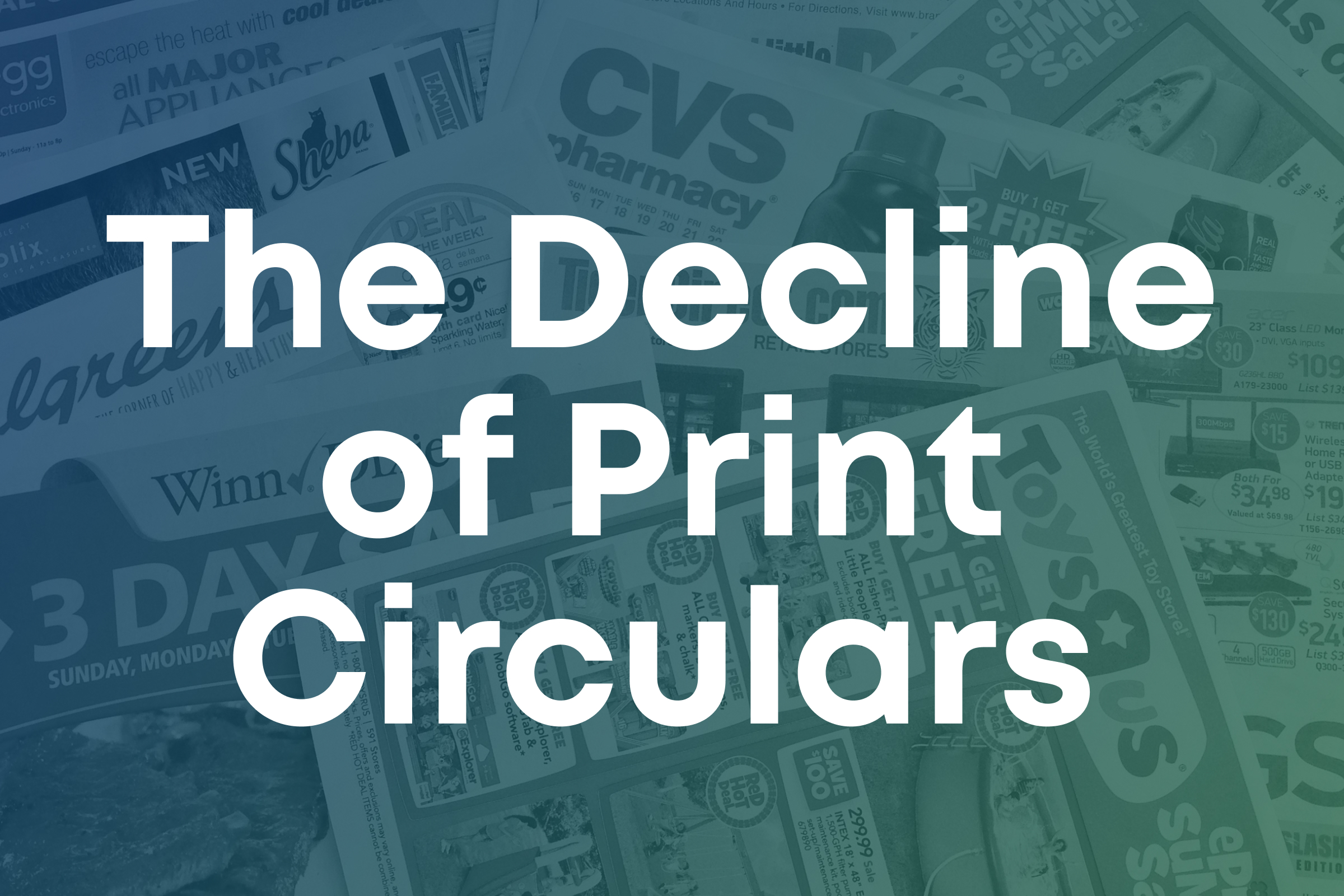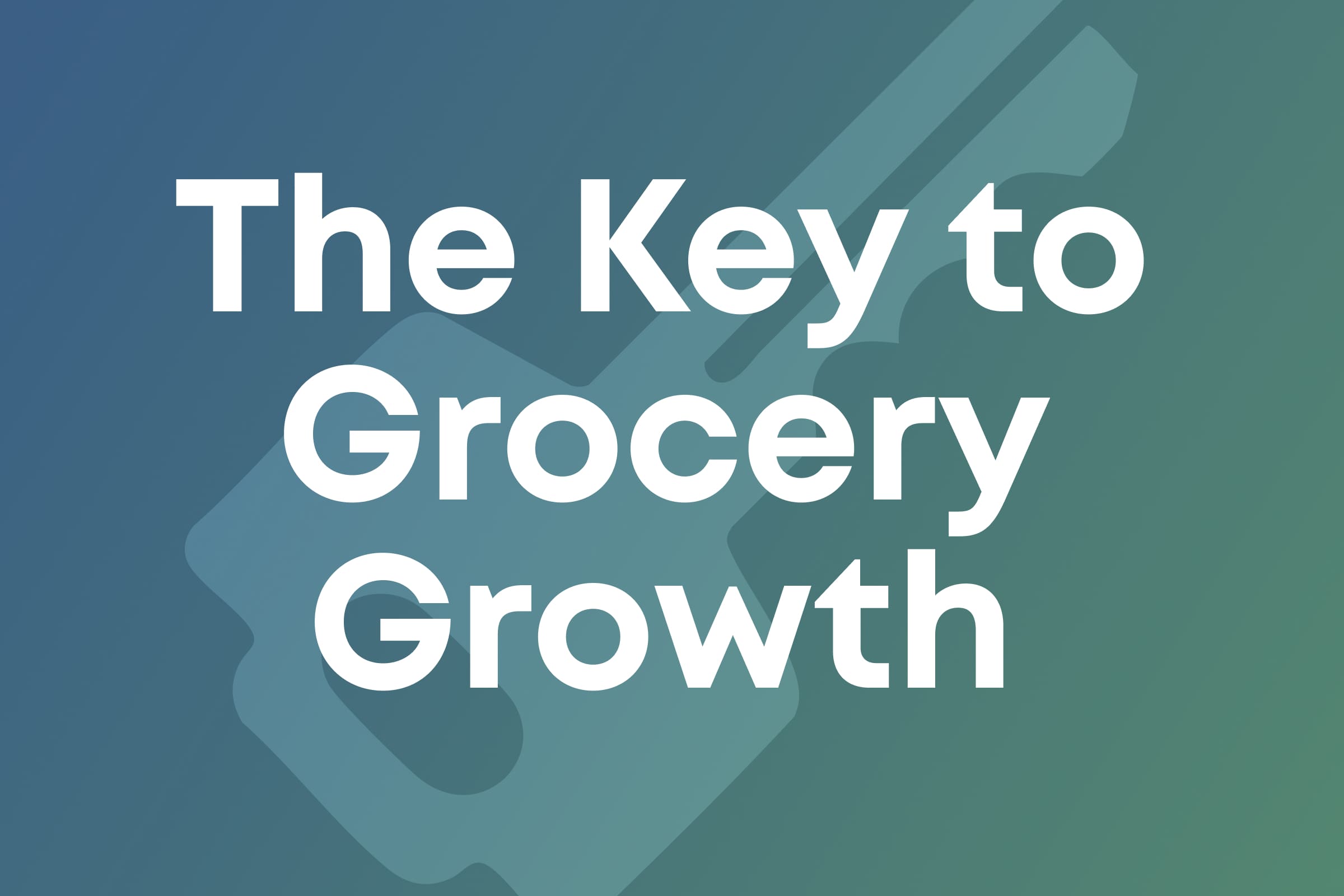Commerce Media 101: An Introduction to Commerce Media
Sean Turner
Commerce media expands retail media and offers greater consumer insights and access. Find out how to upgrade your marketing and earn ad revenue, powered by Swiftly.
Commerce media is the next step up in the evolution of digital marketing and retail media networks. By consolidating first-party data from a variety of digital sources, commerce media gives retailers and publishers an opportunity to profit from more meaningful relationships with consumers and brand partners.
If you’re still uncertain on what commerce media precisely is—and how it differs from retail media—continue reading for a proper introduction to what McKinsey has called “the new force transforming advertising.”
What’s the Difference Between Retail Media and Commerce Media?
You might think of commerce media as “the bigger cousin” of retail media.
Over the past three years, retailers have come to understand how valuable their first-party data is, and how selling ad space on their websites and mobile apps can be a win-win for the brands they carry as well as their own long-term customer relationships. In fact, the U.S. retail media industry will be worth $100 billion this year.
Specifically, retail media placements provide the ability to influence customer experience during the critical pre-shop phase and at the point of purchase. In addition to increasing brand visibility across channels, marketers also capture direct conversion data—which can then be used to personalize marketing campaigns and determine future budget allocations.
As a result, retail media leveled up from a 2020 buzzword to one of the most significant post-pandemic marketing trends; eMarketer forecasts retail media will grow another $61 billion dollars and account for 20% of all digital ad spending by 2024.
Now enter: commerce media.
Commerce media is an emerging form of advertising that will include a broader network of publishers across the internet: retailers, food delivery companies, travel sites, digital newspapers and magazines, and any organization that combines content with commerce.
Like retail media, first-party data powers commerce media, though the scope of marketing extends beyond a retailer’s website, mobile app, and point of sale to include inputs like CTV, social display ads, video ads, contextual links, and sponsored product listings.
And like retail media, commerce media provides full funnel marketing opportunities—to drive discovery, increase conversions, and retarget shoppers—all within an ecosystem that respects consumer privacy.

Anatomy of Commerce Media
In order to better understand commerce media, it’s helpful to consider all the players involved.
Essentially, commerce media provides:
● Marketers and media owners with a simple and effective ecosystem for displaying relevant contextual ads—when and where shoppers want them—to drive growth.
● Consumers with convenient access to information, deals, and buying channels for truly seamless transactions that respect their privacy and user experience.
● Retailers with a high-margin, rapid-growth business model that makes them the consolidated epicenter of cross-channel first-party data for their brand partners.
As the industry advances, it will soon be possible for consumers to learn about products and purchase them without leaving the page they’re on, whether they’re on a social media platform, reading the NY Times, looking up inventory on a retailer’s website, watching a movie on Netflix, or playing a smartphone game.
How much is at stake? McKinsey analysts forecast commerce media to generate $1.3 trillion in enterprise value in the U.S. alone over the next three years. In other words, we haven’t seen a paradigm shift in digital advertising this big since the rise of programmatic ads.
Why is Commerce Media Important Now?
The rise of commerce media is no surprise, given the trends that have converged over the past five to 10 years. First, there were the surprise COVID-19 lockdowns and restrictions, which accelerated e-commerce growth by five years. Shoppers who had never considered shopping online or using a mobile app to make their grocery lists began doing so in record numbers—and, it turns out, they liked the new conveniences. Retail brands could use commerce media networks to meet the growing number of digital consumers with cross-channel ads, promotions, features, and recommendations tailored to shoppers’ unique interests and activities.
Next, there was the gradual deprecation of cookie-based consumer tracking from website to website that has left advertisers with a more siloed view of their overarching audience engagement across all channels. With subscriber opt-in models, retail media and commerce media solutions are logical replacements that help retailers and brands connect the dots of marketing efficacy. As cookies disappear entirely later this year, brand partnerships with providers of opt-in, first-party data ecosystems will be necessary to maintain insight into the end-to-end customer journey.
Thirdly, the runaway success of commerce media as a side hustle revenue stream is driving more widespread adoption. While e-commerce giants and big box retailers were among the first adopters, local grocers, convenience marts, and dollar stores soon got into the game once word about the 50 to 70 percent profit margins got out.
Even though it’s a booming business, the market is still far from saturated. According to McKinsey surveys, 82 percent of advertisers plan to increase commerce media spending through 2023—some by more than 10 percent.
Commerce media helps brands:
● Collect data in a secure, opt-in environment that respects user privacy
● Connect audience impressions with online and offline transactions
● Improve efficiency of ad campaigns through aggregated first-party datasets
● Serve contextual, shoppable ads that allow direct purchases without navigating away
Retailers gain additional revenue, as well as customer loyalty out of the deal. Given that everyone wins with such a system, Advertising Week predicts, “Commerce media is poised to bear fruit for a long time to come.”
How To Get Started with Commerce Media
Building a commerce media solution requires the right partner. McKinsey’s survey identified a number of pain points advertisers encounter when working within these systems. Retailers will need to serve their brand partners transparent campaign effectiveness reports, unique shopper insights, and an easy-to-use platform if they want their fledgling advertising businesses to succeed.
As a leader in retail technology, Swiftly offers tools and technologies needed to help any retailer begin their commerce media journey, including a team of business experts who help optimize brand partnerships, reporting, mobile platform functionality, and revenue generation.
Contact our team for more details.




